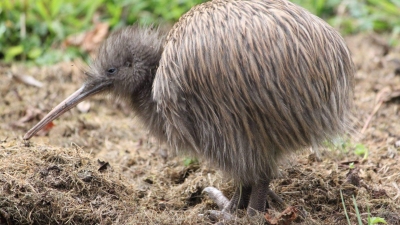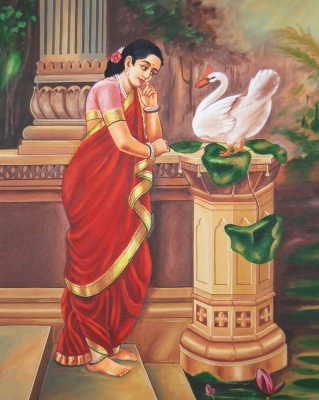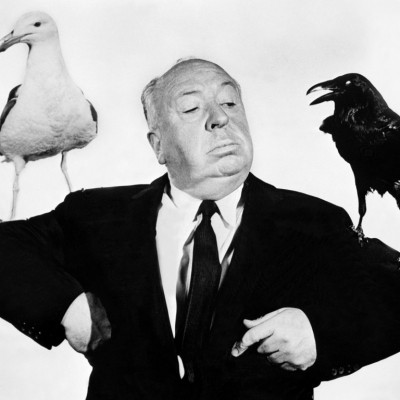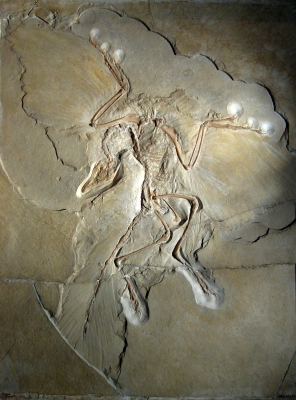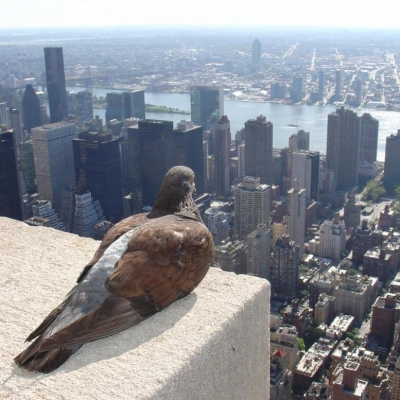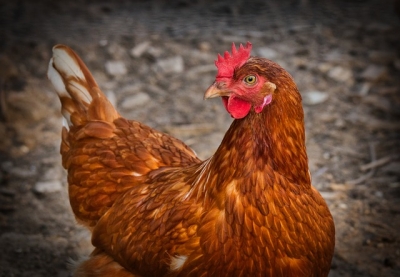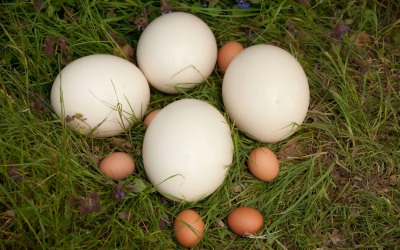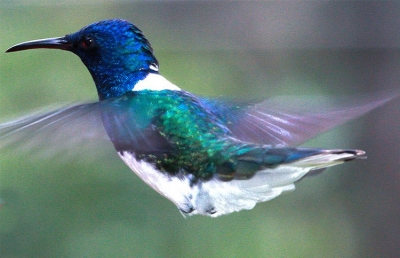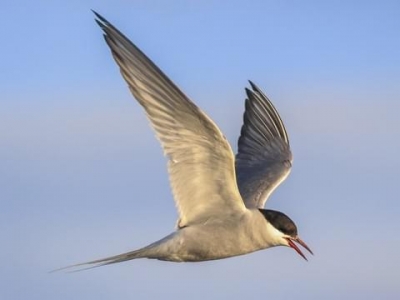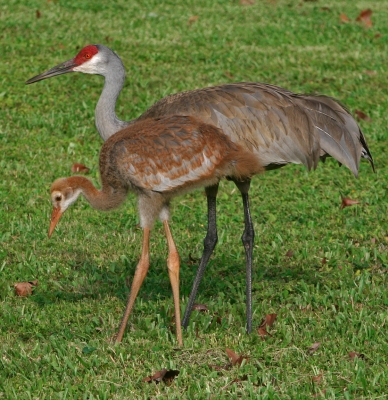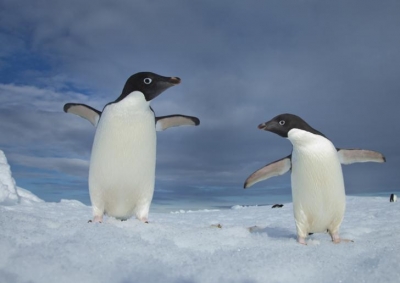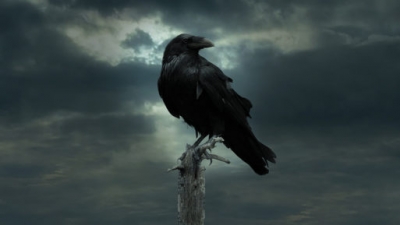Which are the flightless birds related to pigeon, evolved in Mauritius and went extinct a few centuries ago?
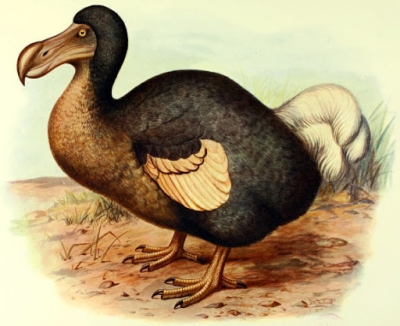
Dodos were flightless birds, related to pigeons. They evolved on the island of Mauritius in the Indian Ocean.
The dodo, bigger than a turkey, weighed about 23 kg (about 50 pounds). It had blue-gray plumage, a big head, a 23-cm (9-inch) blackish bill with reddish sheath forming the hooked tip, small useless wings, stout yellow legs, and a tuft of curly feathers high on its rear end.
The dodo’s prominent role in bringing attention to the extinction of species, coupled with advances in genetics that could allow for its resurrection (de-extinction), have led scientists to consider the possibility of bringing the dodo back. The sequencing of the dodo genome by geneticists in 2016 reinvigorated this discussion as well as the ethical debate of using de-extinction techniques to alter natural history.
Picture Credit : Google
